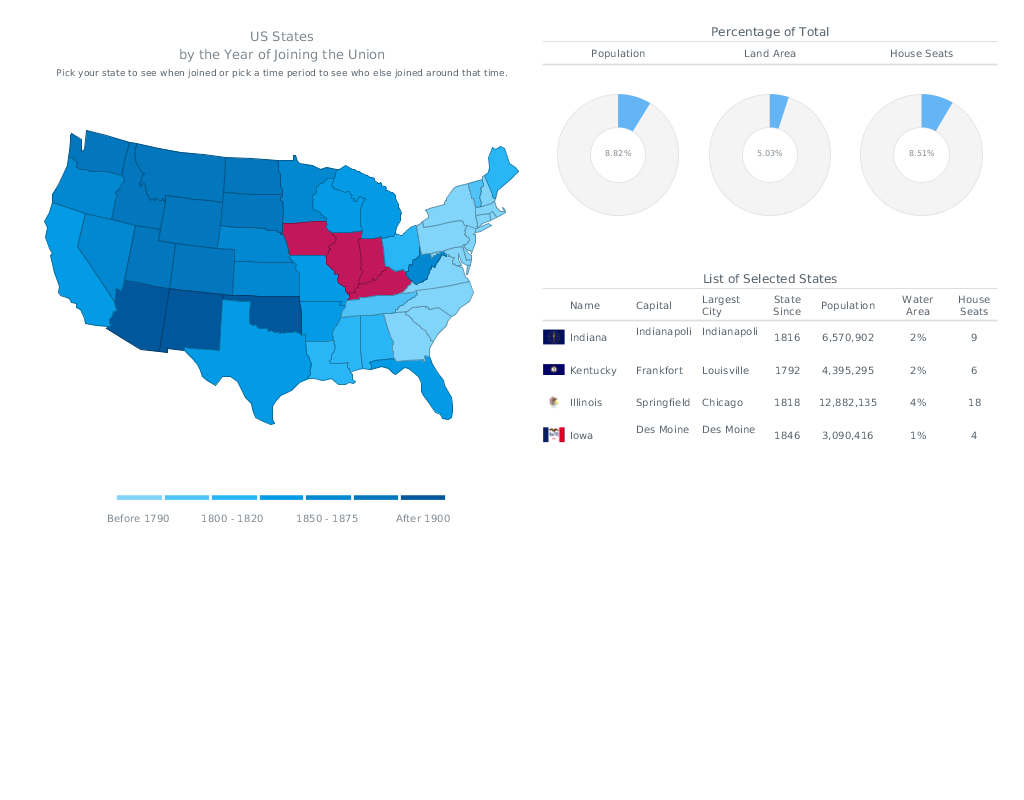
Clients: ready-to-use web mapping applications.

#Mapping anychart software
Frameworks: A reusable software template, or skeleton, from which key enabling and supporting services can be selected, configured and integrated with application code. Toolkits: more modular and easily integrated into a custom application. Wrappers: act as an interface between the caller and the wrapped code. Libraries: Expose classes and functions allowing to build applications at a higher level of programming. Thus, there are libraries, wrappers, toolkits, frameworks, and clients. In this article, the categories for Web mapping clients have been extracted from the projects’ descriptions. Classification of Mapping APIsĭue to a large number of different tools for working with maps, it would be good to categorize them to give a definition of each category. We’ll look at the types of tools you can choose from, as well as the comparison options. In this article-comparison we will talk about different types of javascript tools for working with maps. That’s why you may need open-source solutions. Other than that, you might need maps specifically for contests, exploration, traveling, hiking, and much more. Firstly, it does not provide too many customization options, such as custom marking and adding extra widgets to make your maps more interactive. Many different plugins and libraries that you will find on our list are built specifically to make it easy for people to find your business.īut Google Maps isn’t the only solution. What tools should you use? Paid or open-source? Standalone or web-based? One way or another, while developing another application you will definitely face the questions of working with maps. Maps that are pre-arranged help people find your business without having to spend time looking for your physical location manually. It can be the branches of an international company, statistics about countries or just destinations to visualize. 
Maps are used very widely in web design, and when presenting data, we usually expect them to be interactive. Maps are used everywhere: from food delivery sites to online stores and complex applications for logistics companies. Most of the applications and sites we use today are bound to show the location and various data on maps.






 0 kommentar(er)
0 kommentar(er)
